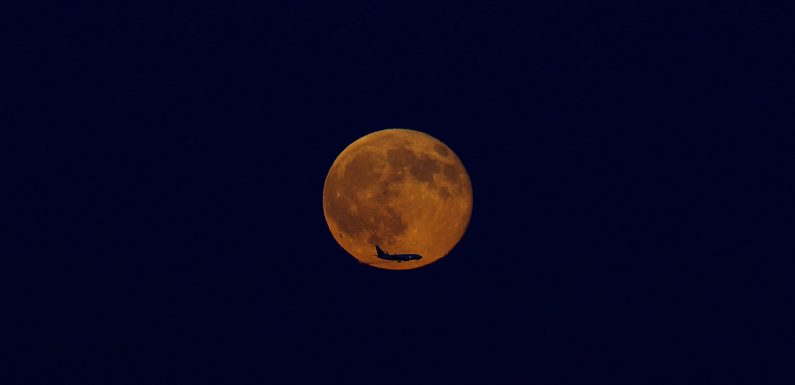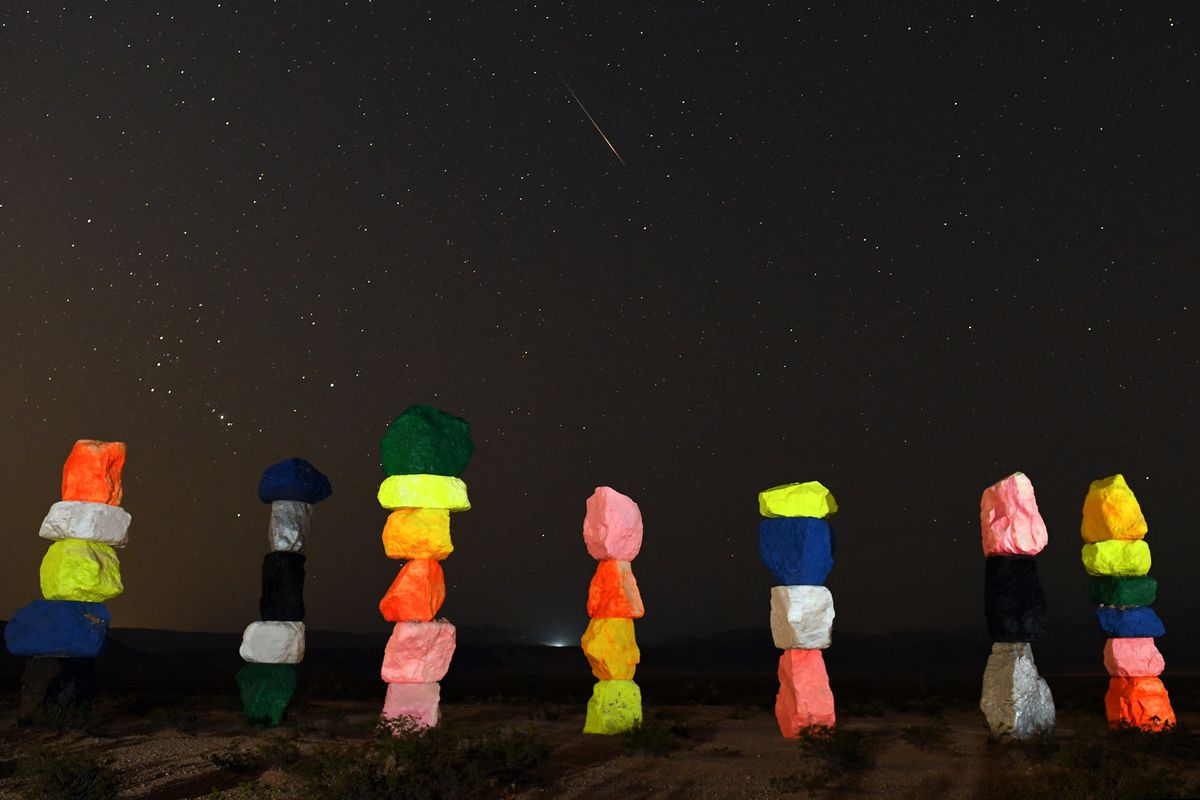
From the great conjunction to impressive comets, 2020 was filled with exciting astronomical events, but there’s even more on the horizon (and in the night sky) for 2021. This year, stargazers can look forward to meteor showers, lunar eclipses, supermoons, and even a total solar eclipse. To help you keep track of them all, we’ve created this astronomical calendar with some of 2021’s celestial highlights, thanks to information gathered from NASA, the American Meteor Society, and The Old Farmer’s Almanac.
Before planning your year of stargazing, there are a few basic things to know about each of these events. You’ve probably seen numerous full moons during your lifetime, but do you know what a supermoon is? Supermoons happen when the full moon occurs at perigee — the point at which the moon appears closest to the Earth in its orbit. Full moons and supermoons are easy to spot wherever you are, but you might want to head somewhere with less light pollution for the best chance of seeing shooting stars during a meteor shower.
Lunar eclipses and solar eclipses are only visible in certain parts of the world — and this year’s total solar eclipse can only be seen in Antarctica.
Want to take your stargazing to the next level? Invest in a telescope or good binoculars, so you can see even more in the night sky.
Below, find the dates of every full moon (including two supermoons), two solar eclipses, two lunar eclipses, and five major meteor showers in 2021. (Note that the below dates are according to UT, and that we’ve listed the predicted maximum of the meteor showers. For some of these showers, you might be able to spot a few shooting stars before and after that date.)
Related: More space travel and astronomy news
2021 Astronomical Calendar
January
January 3: Quadrantid Meteor Shower
January 28: Full Moon
February
February 27: Full Moon
March
March 28: Full Moon
April
April 21-22: Lyrid Meteor Shower
April 26-27: Full Supermoon
May
May 6: Eta Aquarid Meteor Shower
May 26: Full Supermoon and Total Lunar Eclipse (The eclipse will be visible from East Asia, Australia, the Pacific, and the Americas.)
June
June 10: Annular Solar Eclipse (The eclipse will be visible from northern North America, Europe, and Asia.)
June 24: Full Moon
July
July 23: Full Moon
July 27-28: Southern Delta Aquarid Meteor Shower
August
August 12: Perseid Meteor Shower
August 22: Full Moon
August 31: Aurigid Meteor Shower
September
September 20: Full Moon
October
October 20: Full Moon
November
November 19: Full Moon and Partial Lunar Eclipse (The eclipse will be visible from the Americas, northern Europe, East Asia, Australia, and the Pacific.)
December
December 4: Total Solar Eclipse (The eclipse will be visible from Antarctica, southern Africa, and the southern Atlantic. The total phase of the eclipse will only be visible in Antarctica, and some cruise lines are offering special itineraries that put guests in a prime viewing location.)
December 14: Geminid Meteor Shower
December 18: Full Moon
Source: Read Full Article











